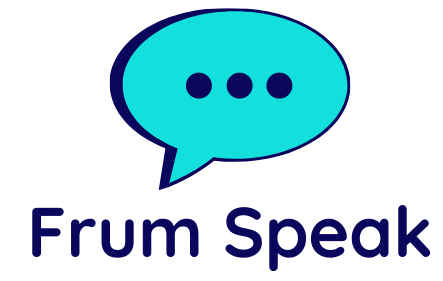President Trump revealed that starting Friday, his administration will begin issuing notices to multiple nations that haven’t yet secured provisional trade agreements with the United States. These new tariffs are expected to reach up to “60 or 70%,” he stated.
“We’re going to start sending letters out to various countries starting [Friday]. We’ll probably have 10 or 12 go out,” Trump told reporters after midnight upon returning from a campaign event at the Iowa State Fairgrounds.
“I think by the 9th [of July] they’ll be fully covered, and they will range in value from maybe 60 or 70% tariffs to 10 and 20% tariffs.”
These elevated figures suggest that Trump is willing to go beyond the initial framework he rolled out on April 2, when he announced his “Liberation Day” trade initiative. That plan introduced a base 10% tariff—more than three times higher than previous levels—and imposed harsher rates on countries running large trade surpluses with the U.S.
In that announcement, some of the steepest proposed reciprocal tariffs included 49% on Cambodia, 48% on Laos, and 47% on Madagascar—each selected due to their trade imbalances and reliance on U.S. markets for textile and footwear exports.
“We’ve done the final form, and it’s basically going to explain what the countries are going to be paying in tariffs,” Trump told reporters early Friday.
“It’s a lot of money for the country, but we’re giving them a bargain. … I don’t want to stretch it too much, we want to keep it pretty reasonable.”
Trump mentioned he plans to dispatch roughly a dozen letters per day until the self-imposed deadline of Wednesday, giving countries limited time to finalize deals or face tariffs.
“As we get to the smaller countries, we’re pretty much going to keep the tariffs the same,” he said.
“They’ll start to pay on Aug. 1. The money will start to come into the United States on Aug. 1 in pretty much all cases.”
The administration hasn’t yet confirmed which countries will be subject to the highest rates of 60–70%, but the aggressive trade stance coincides with a string of favorable economic news. Job creation once again exceeded projections in June, inflation held steady at 2.4% in May, and stock markets surged to all-time highs in recent days.
Detractors, however, have cautioned that these sweeping tariffs could raise prices for American consumers, particularly on imported products.
Thus far, Trump has reached tentative trade arrangements with China, the United Kingdom, and Vietnam. He’s also negotiated a “roadmap” with India and secured significant trade gestures from both Israel and Taiwan. However, several major trading partners—such as Japan and the European Union—have not yet finalized deals and remain exposed to the looming tariffs.
Trump has voiced skepticism regarding negotiations with Japan, which currently faces a proposed 24% duty. The European Union, meanwhile, may be hit with a 50% tariff, a hike from the initially proposed 20%, in retaliation for the EU’s pending digital tax targeting U.S. tech giants.
Even the agreements that have been outlined thus far only partially reduce the newly announced tariffs.
Under the provisional UK deal, the new 10% baseline tariff will remain on most goods, though certain British exports—like steel, aluminum, and most cars—will be exempted from the more severe 25% rate. In exchange, the UK has reportedly agreed to greater market access for U.S. agricultural products, including meat and ethanol.
The agreement with China resulted in a rollback of retaliatory tariffs while discussions continue on a more far-reaching pact. Trump also said the Chinese government has pledged to increase its imports of American goods.
As for Vietnam, the country will be spared from a proposed 46% tariff, but will still face a 20% rate on its own exports and a 40% rate on goods that originate from third-party countries like China before being routed through Vietnam.
Goods from Mexico and Canada are largely governed under the USMCA framework and are therefore exempt from most of the new levies. However, Trump did apply a 25% tariff in March to specific products not covered by the agreement, a move he said was intended to combat the trafficking of fentanyl and illegal border crossings.
Trump’s note that smaller countries will face similarly structured rates follows a period in which his administration concentrated on securing deals with the top 15 trading partners, even as smaller economies—especially in Asia—continue to export large volumes of inexpensive consumer goods due to their low labor costs.
On May 26, Trump emphasized that his broader tariff agenda was about strengthening the competitiveness of American industries—not about bringing back basic manufacturing jobs like those in the apparel sector.
“We’re not looking to make sneakers and T-shirts. We want to make military equipment. We want to make big things. We want to make, do the AI thing,” Trump said.
“I’m not looking to make T-shirts, to be honest. I’m not looking to make socks. We can do that very well in other locations. We are looking to do chips and computers and lots of other things and tanks and ships,” he said.
{Matzav.com}
Category:


Recent comments